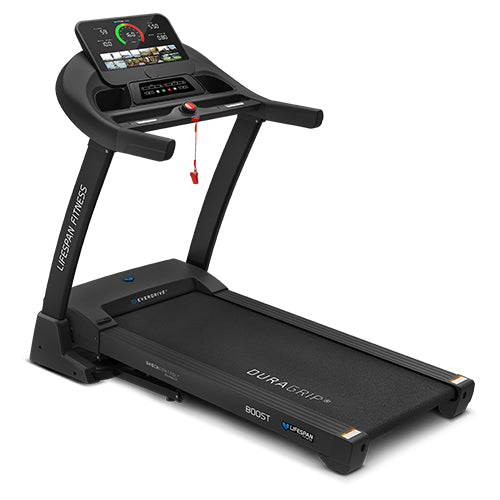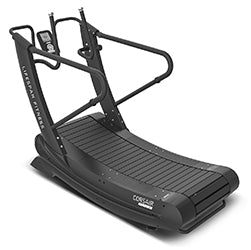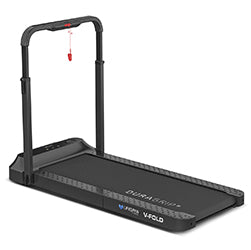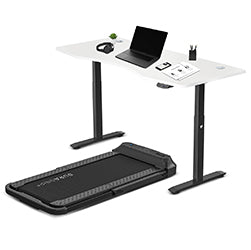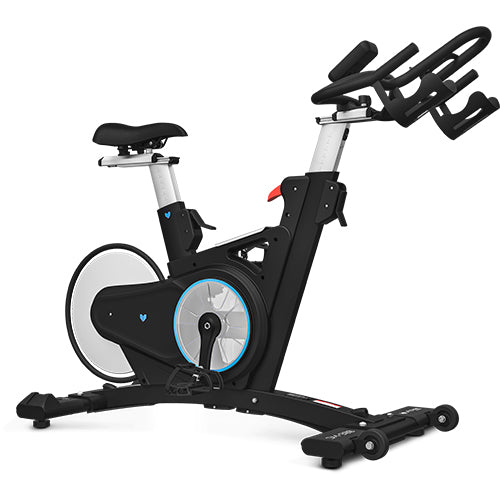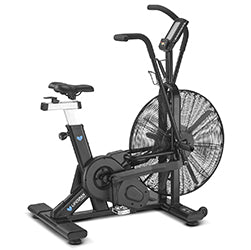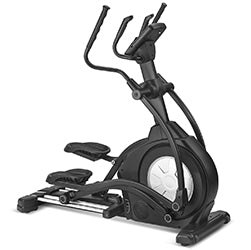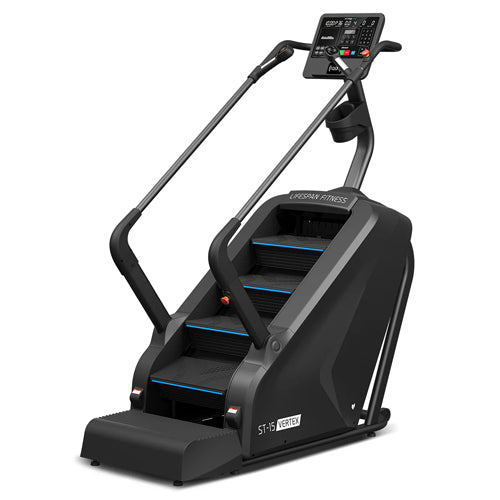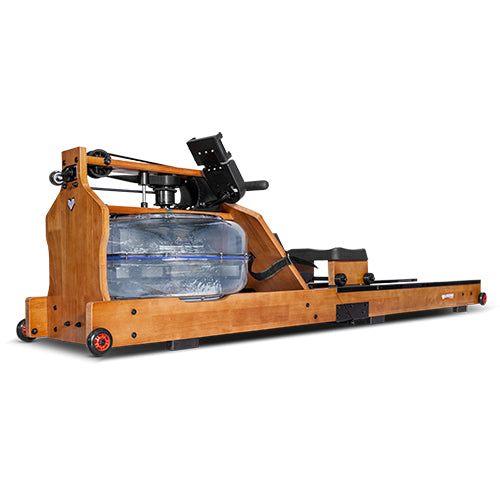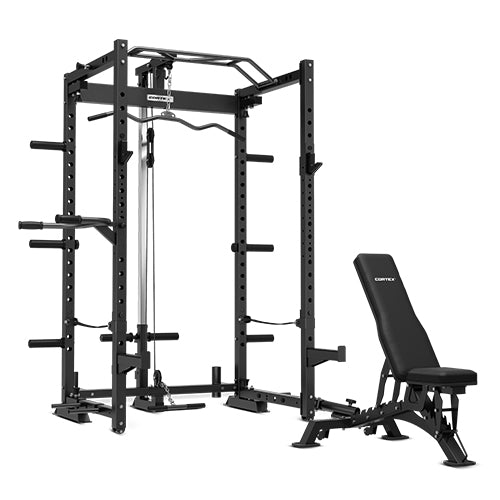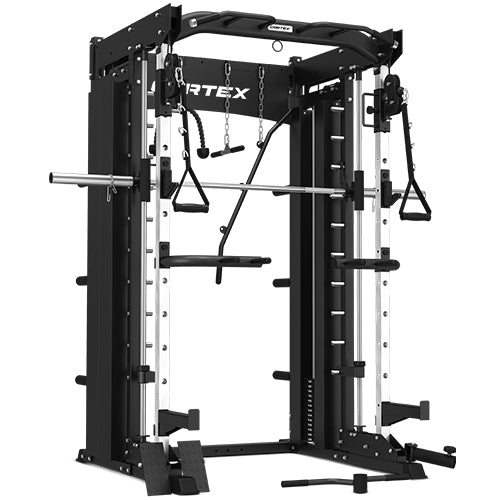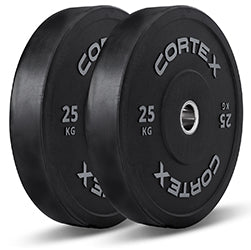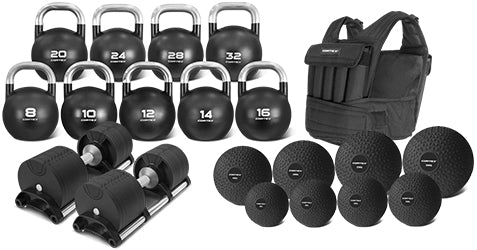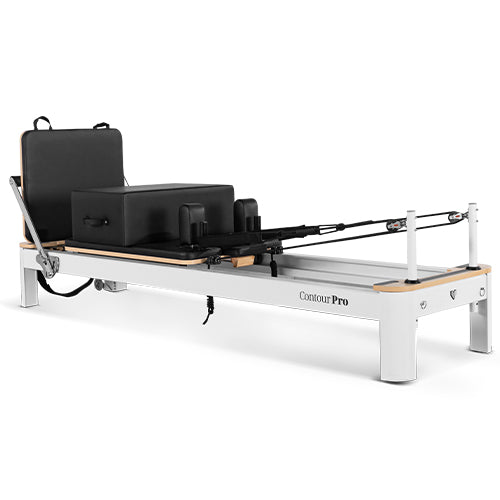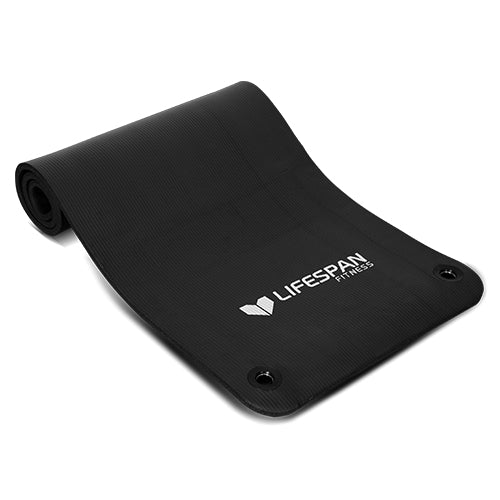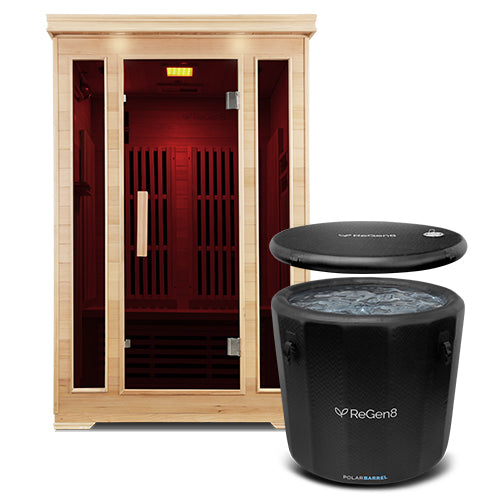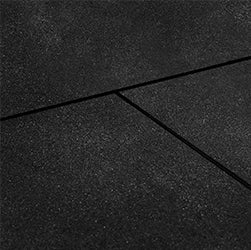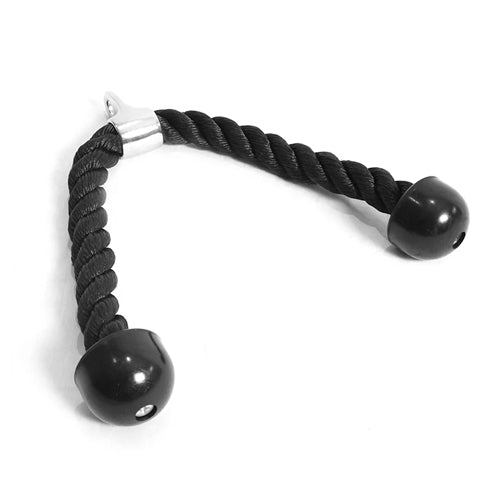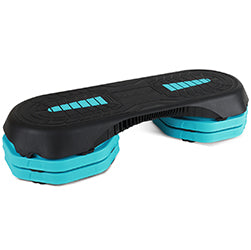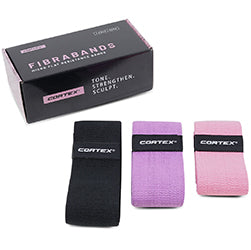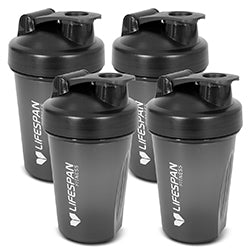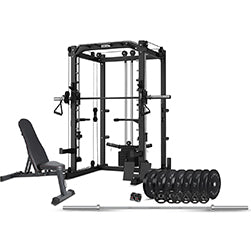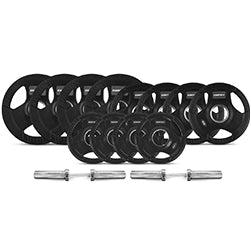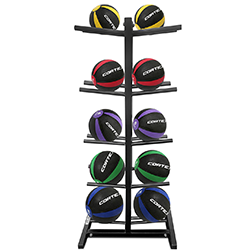

You know the feeling: you wake up the day after a big workout only to be greeted by the all-too-familiar pang that comes with a fatigued muscle. This is especially true of bigger muscles in the lower body, where even just getting up from the couch can suddenly become excruciating. So, how long will it last? The unfortunate answer is: it depends.
While this sort of thing can be alleviated by progressive loading, proper diet and sleep, it’s important to remember that the process of muscle damage (tiny tears in muscle fibres) and recovery is an essential step in building muscle and improving your functional strength. Without proper recovery, overtraining can lead to injury, burnout or even a complete set-back in your progress. That’s why it’s essential to understand how to do recovery right. So, let us guide you through the recovery process so you can understand exactly how to manage your recovery and what to expect.
When Does the Recovery Process Start?

Muscle recovery begins almost immediately after the exercise, as circulation increases to deliver more nutrients to that area of the body. But how long it lasts is a more complicated question. It’s worth reminding ourselves of the wisdom that every body responds to exercise differently. On top of this, there are many steps you can take both during, before and after your workout that can completely change the recovery time and process.
Let’s break down the key factors that contribute to how long it takes for muscles to fully recover.
Intensity of Your Workout

Recovery is all about balance. The more intense your workout and the harder you push your muscles, the more recovery you need. The significant muscle stress and damage created through such as exercises as intense weightlifting or endurance training, will require more recovery time than some light cardio. High-intensity workouts can lead to delayed onset muscle soreness (DOMS), a feeling of stiffness and discomfort that typically peaks 24 to 48 hours after your session. The higher the intensity, the longer the recovery time needed.
For moderate workouts, muscle recovery may take a bit less time. So, if you’re experiencing DOMS, don't worry; it’s a sign that your body is healing and getting stronger.
Nature of Your Training
So, what kind of exercises require the most recovery time? Typically, workouts that require repeated, explosive movements, like sprinting or plyometrics will take longer to fully repair due to the increased demand on the fast-twitch muscle fibres. Similarly, strength training tends to do a lot of damage compared to cardio, creating more strain on the muscle fibres from lifting heavy weights. When laying out your fitness plan and deciding on your recovery schedule, it’s important to look at where you’re putting certain styles of training and how much recovery time is being allotted to them.
Muscle Aftercare

Post-workout muscle aftercare is a process of reducing muscle soreness, as well as improving circulation and accelerating the healing process. On top of a solid stretching routine, there are a few tools at your disposal for assisting recovery.
- Compression Boots: These boots use air pressure to massage the legs, improving blood flow and speeding up the removal of waste products from muscle breakdown.
- Massage Chairs: Massage chairs can help release muscle tension and alleviate discomfort, aiding recovery.
- Saunas: Heat therapy from saunas can help relax muscles, promote blood flow and improve overall recovery by increasing circulation.
Using these tools regularly can improve recovery time and reduce soreness after your workouts.
Thorough Cool Down
A thorough cool-down helps transition your body from an intense workout to a resting state. Stretching and light movement during the cool-down phase help reduce muscle tightness and prevent injuries. It’s also the best time to increase the flexibility of the muscles, as they’re at their warmest state and can more easily achieve deeper stretches. Targeting specific muscle groups that were heavily worked during your session is essential for improving overall recovery.
Hydrate

After a workout, your body is depleted of fluids, and dehydration can slow down the recovery process. Drinking water helps flush out waste from your body and ensures that your muscles stay hydrated, which is vital for muscle repair. You should aim to drink water consistently before, during and after your workout to keep your muscles well-hydrated.
Protein Protects
After you’ve stressed your muscles during a workout, protein helps repair and rebuild muscle fibres. The amino acids in protein are used to repair muscle tissue, making it stronger and more resilient. Consuming a source of protein post-workout, such as a protein shake, chicken or tofu, can provide the nutrients your muscles need for repair. Aim to consume protein within 30 minutes to an hour after your workout to maximise recovery.
Post Treatment
If you’re looking for something a little more advanced, certain therapies, like cryotherapy or infrared therapy, are gaining popularity for their ability to speed up recovery. Incorporating these post treatments can contribute to faster recovery as well as help you get the most out of your workout. Other treatments include foam rolling and using ice or heat therapy, depending on your needs.
Conclusion

By now, you should have all the info you need to ensure the best possible recovery for your training schedule. Remember that these techniques are not just useful for helping with that morning-after soreness, they assist you in getting the most out of your workout, ensuring that you see the results you want from all your hard work. It also gives you a high likelihood of maintaining your fitness routine in the long term, as it helps avoid burnout and sudden exhaustion.
Remember, listening to your body and giving it enough time to recover will ultimately lead to better results and a stronger, more resilient body.
If you have any further questions about muscle recovery or our range of assisted recovery products, feel free to reach out to our team and we’ll be happy to help you out.




